
Web Tools Stack for UX Designers: Top 10 Tools I Use (Updated 2025)
As a Product Designer navigating design systems, UI/UX projects, and even sketching for personal joy, I rely on a carefully curated set of web tools that make my workflow lean, flexible, and effective.
Here’s my 2025 updated Web Tools Stack — tools I use every month without fail.
1. Figma (Design + Prototyping)
-
URL: https://figma.com
Why I Use It:
Figma is my design command center — from UI wireframes, design systems, to high-fidelity prototypes.
How I Use It:
-
Designing component libraries for design systems.
-
Prototyping user flows for AI-driven interfaces.
-
Using Auto-layout & Variables for scalable design tokens.
2. Notion (Knowledge Management + Content Planning)
-
URL: https://notion.so
Why I Use It:
Notion is my second brain — all my design documentation, content ideas, and even personal art project plans live here.
How I Use It:
-
Mapping content outlines (like this blog post).
-
Organizing UX documentation for design systems.
-
Daily productivity dashboard with time-blocked tasks.
3. Miro (Advanced Collaborative Whiteboarding & UX Mapping)
-
URL: https://miro.com
Why I Use It:
While FigJam covers casual brainstorming, Miro is my go-to for advanced UX workshops, flow diagrams, and cross-functional collaboration with product teams.
How I Use It:
-
Running remote UX workshops with stakeholders.
-
Mapping complex user journey flows (with swimlanes, personas, touchpoints).
-
Collaborating on strategy sessions (roadmaps, mindmaps).
-
Presenting UX audits visually during client reviews.
Example:
Recently, I conducted a Product Feature Prioritization Workshop using Miro’s prioritization matrix template. It aligned the design & dev team on what AI UX components to build next.
Updated Workflow Cheat Sheet (Figma + Miro Co-exist)
| Use FigJam When… | Switch to Miro When… |
|---|---|
| You need quick low-fidelity sketches | You need detailed flowcharts or workshop boards |
| Internal team ideation with few members | Cross-team collaboration with product & dev teams |
| Casual brainstorming & sticky notes | Strategy maps, user journeys, UX research synthesis |
4. Spline (3D Web Design & Prototyping)
Why I Use It:
For 3D interactive web components and visualizing motion-rich UI concepts.
How I Use It:
-
Creating 3D hero sections for websites.
-
Experimenting with hover animations & depth layers.
-
Exporting web-ready 3D assets for developers.
5. Loom (Async Video Walkthroughs)
-
URL: https://loom.com
Why I Use It:
Nothing beats a quick Loom video to explain a UX flow, design rationale, or walk developers through a prototype.
How I Use It:
-
Recording quick design handoffs.
-
Giving async feedback on dev builds.
-
Documenting design decisions.
6. Fontshare (Free & Open Source Fonts)
Why I Use It:
Fontshare is my go-to for unique, well-crafted fonts that are free and open-source.
How I Use It:
-
Selecting Nepali-friendly display fonts.
-
Experimenting with typefaces for branding projects.
-
Lightweight font files optimized for web.
7. Uizard (AI-Powered Wireframing)
-
URL: https://uizard.io
Why I Use It:
For rapid wireframe mockups from text prompts. Uizard helps me validate layout ideas quickly before investing time in Figma.
How I Use It:
-
Turning idea sketches into digital wireframes.
-
Rapid MVP concepting with clients.
-
Testing AI-generated UX layouts.
8. Webflow (Visual Web Development)
-
URL: https://webflow.com
Why I Use It:
When I want to build and publish fully responsive websites visually, Webflow is my no-code weapon of choice.
How I Use It:
-
Building personal landing pages.
-
Prototyping website animations.
-
Delivering high-fidelity site prototypes to clients.
9. Vercel (Frontend Deployment Platform)
-
URL: https://vercel.com
Why I Use It:
For hosting frontend projects (Next.js, static sites), Vercel gives me blazing fast deploys with a smooth developer experience.
How I Use It:
-
Deploying design system documentation sites.
-
Testing UI components in production-like environments.
-
Instant previews for stakeholder reviews.
10. TidyCal (Simple Scheduling Tool)
-
URL: https://tidycal.com
Why I Use It:
For setting up quick design feedback sessions or consulting calls without endless back-and-forth emails.
How I Use It:
-
Embedding availability links on my portfolio.
-
Scheduling UX feedback sessions with teams.
-
Simple booking for personal art consultation.
✨ Honorable Mentions (Use Occasionally)
| Tool | Purpose |
|---|---|
| Squoosh.app | Image compression for web projects |
| Coolors.co | Generating color palettes |
| FlowMapp | UX Sitemaps & User Flow Diagrams |
| Remove.bg | Instant background removal for assets |
| ChatGPT Playground | Prompt testing & AI content workflows |
🧠 How This Stack Powers My Monthly Workflow
| Design & Prototyping | Collaboration & Docs | Deployment & Handoff |
|---|---|---|
| Figma, FigJam, Spline | Notion, Loom, TidyCal | Webflow, Vercel |
💡 Takeaway for UX Designers:
In 2025, a lean yet powerful toolstack is all about interoperability, speed, and creative control. These tools not only support my professional projects but also align with my personal workflow as an artist, designer, and content creator.

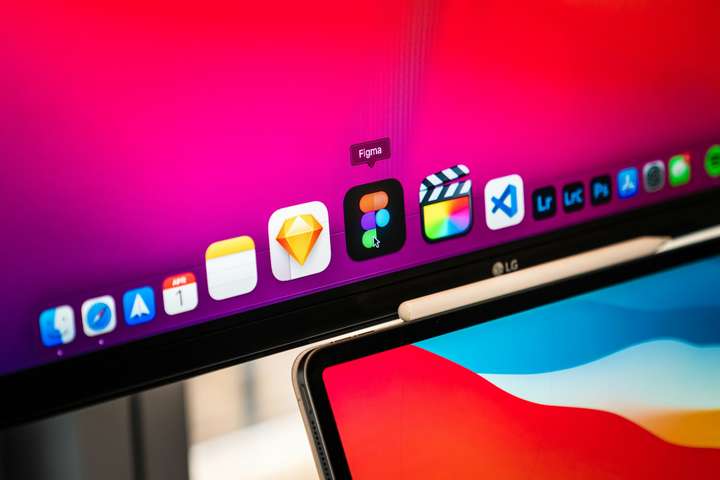


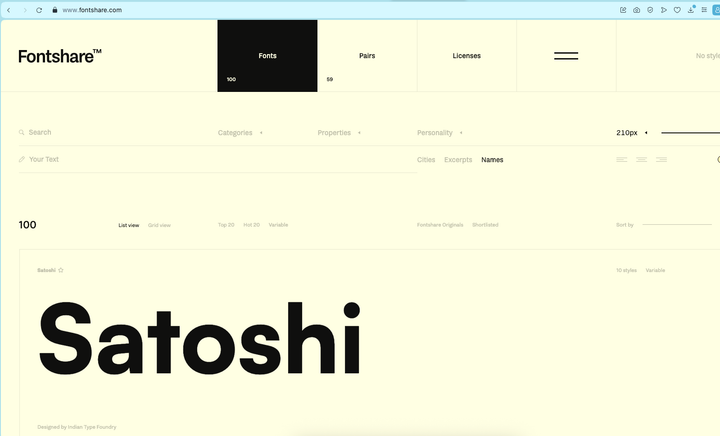
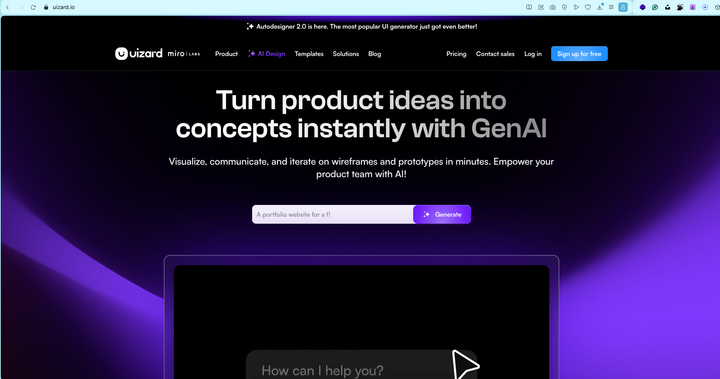
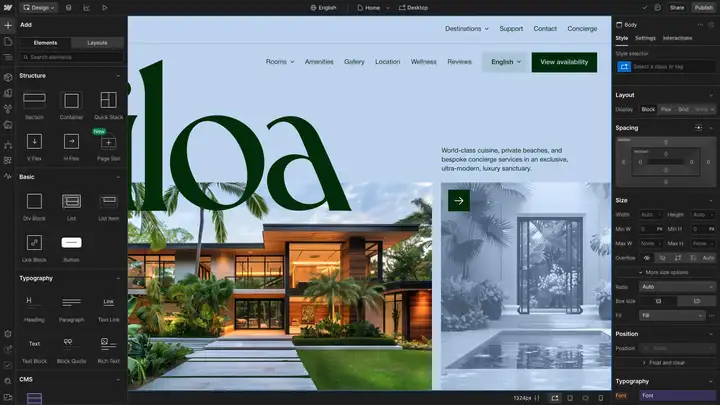
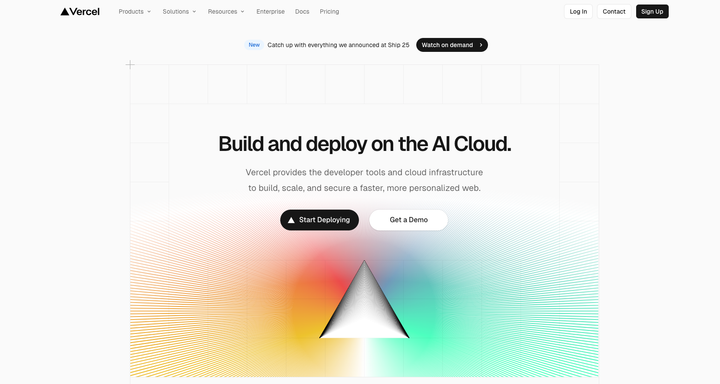
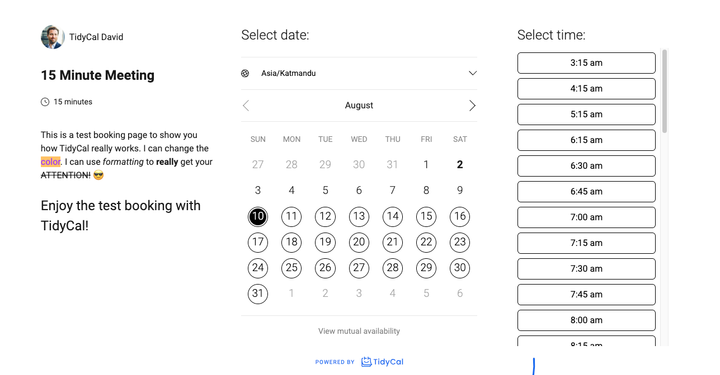
Comments